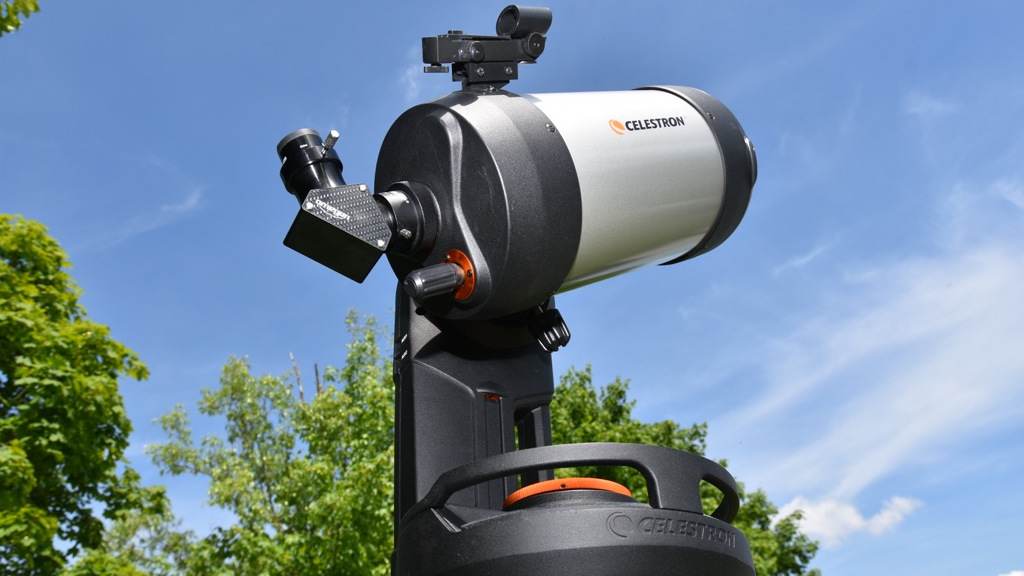Magazine
> Information
> Telescope information
> The advantages and disadvantages of the different designs at a glance
The advantages and disadvantages of the different designs at a glance
Condensed telescope information: an overview of the advantages and disadvantages of the four important designs.
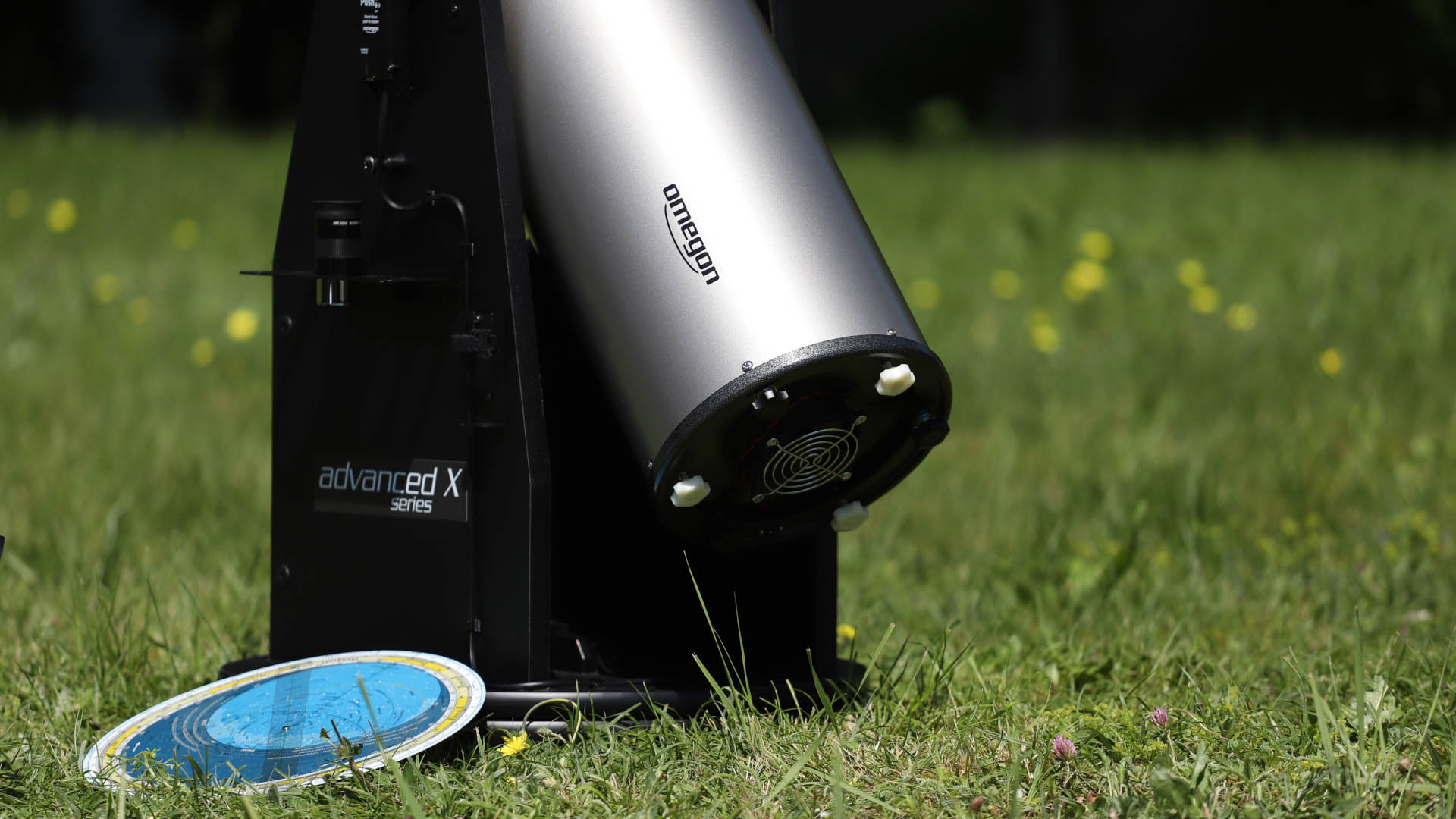
Refractor

Advantages:
- Classic design
- No obstruction
- Good contrast
- Collimation almost never necessary
- No thermal impairment thanks to a closed tube
Disadvantages:
- Expensive at large apertures
- Cumbersome when the refractor is large
- Chromatic aberration and blurring if it is not corrected
Newtonian
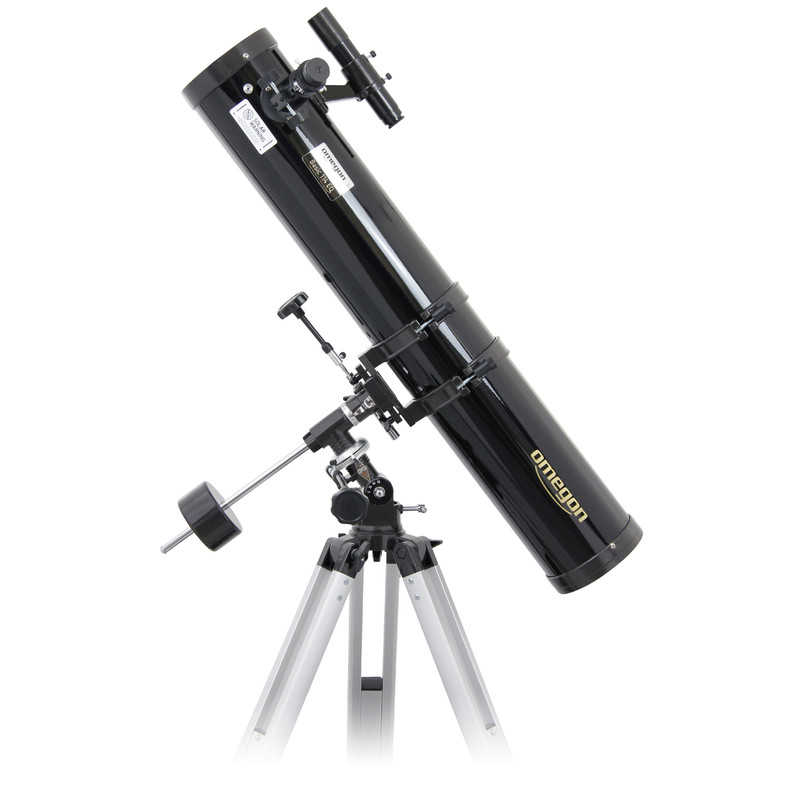
Advantages:
- Low cost of manufacture
- Large apertures possible
- No chromatic aberration
- Good contrast
- Only low levels of obstruction
- Lightweight
- Very many models available
- Dobsonian possible
Disadvantages:
- Image errors depending on aperture ratio
- Lower contrast due to obstruction compared to a refractor with the same aperture
- Open tube means that thermal air currents can compromise the image
- Needs to be collimated occasionally
- More susceptible to dust than a closed system
Schmidt-Cassegrain, ACF and Edge HD
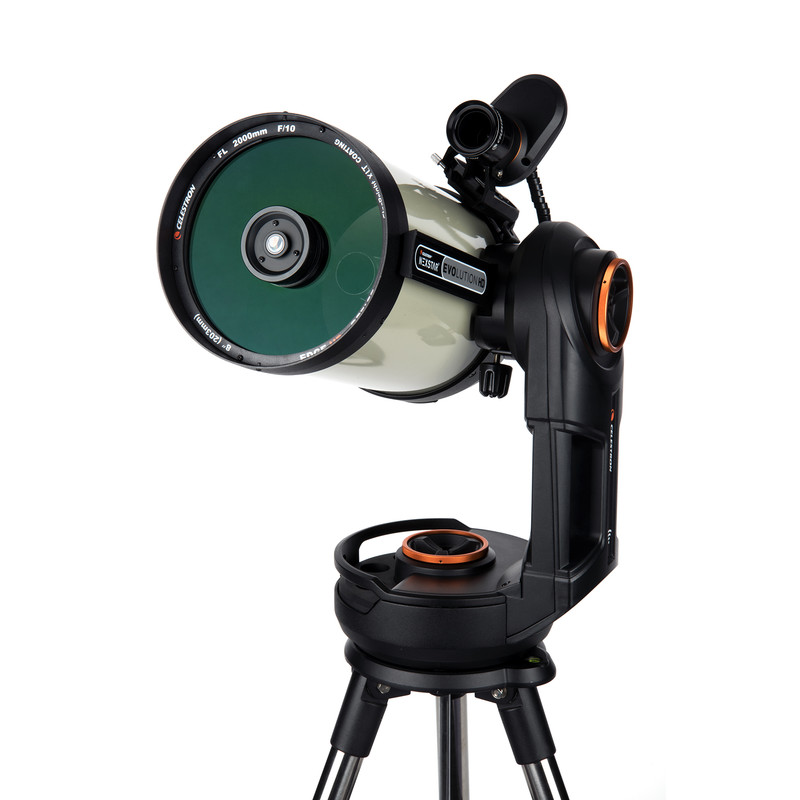
Advantages:
- Short length
- Very convenient to use
- Portable
- High viewing comfort
- All accessories can be connected via the SC thread
- Instruments with a fork mount are very quick to set up
Disadvantages:
- More expensive than a Newtonian with a comparable aperture
- Larger secondary mirror/obstruction than a Newtonian telescope
Maksutov
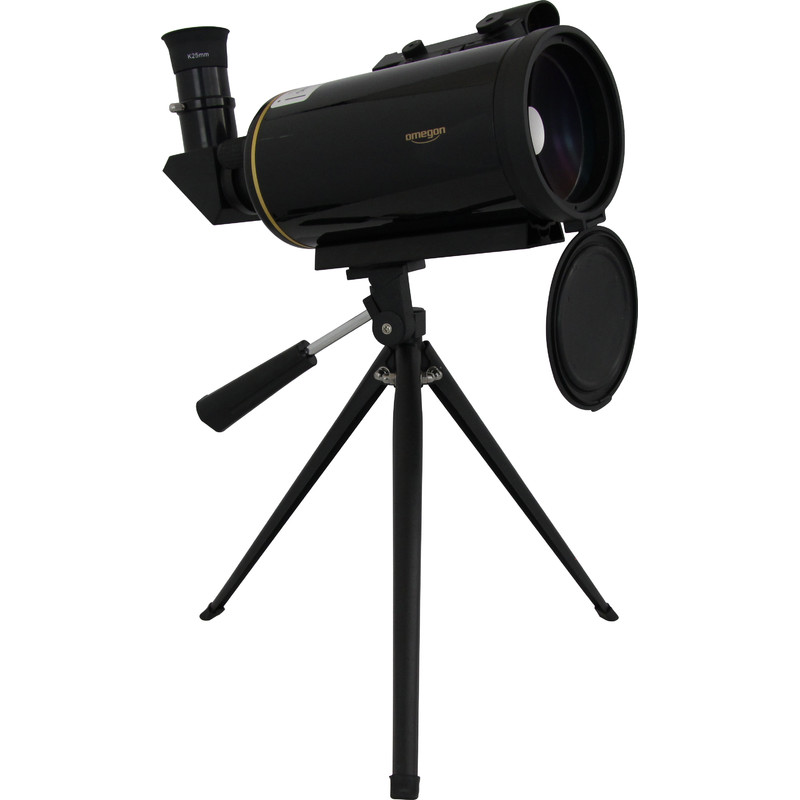
Advantages:
- Short length
- Almost no chromatic aberration
- No thermal impairment thanks to a closed tube
- Good correction of image defects
- Very good contrast
- No secondary mirror struts
- Even low-cost telescopes available
Disadvantages:
- Heavy due to meniscus lens
- Long cooling time
- Large apertures (over 8") are rather expensive
- Obstruction due to the secondary mirror
- Small fields of view due to the aperture ratio of about f/13

